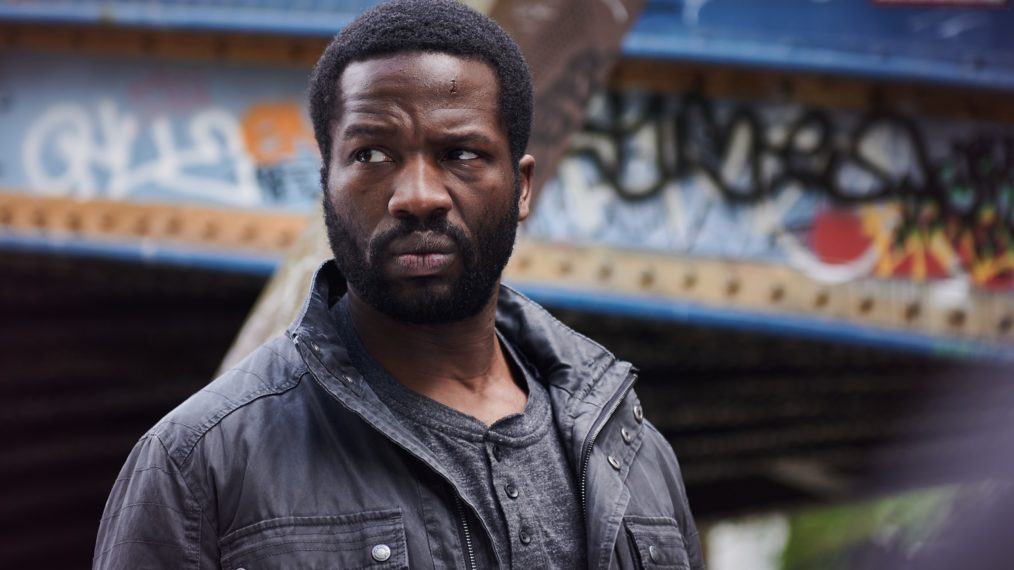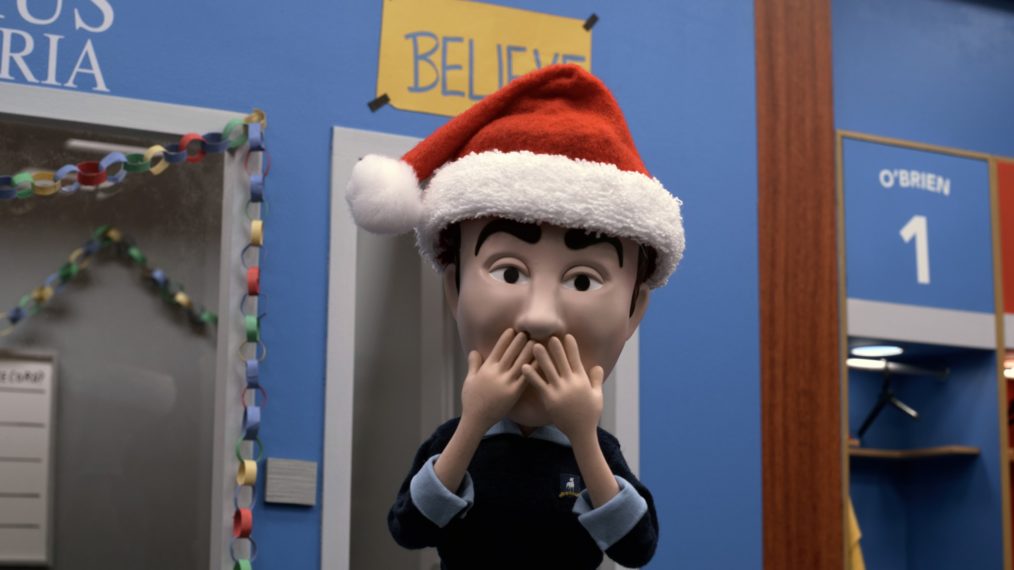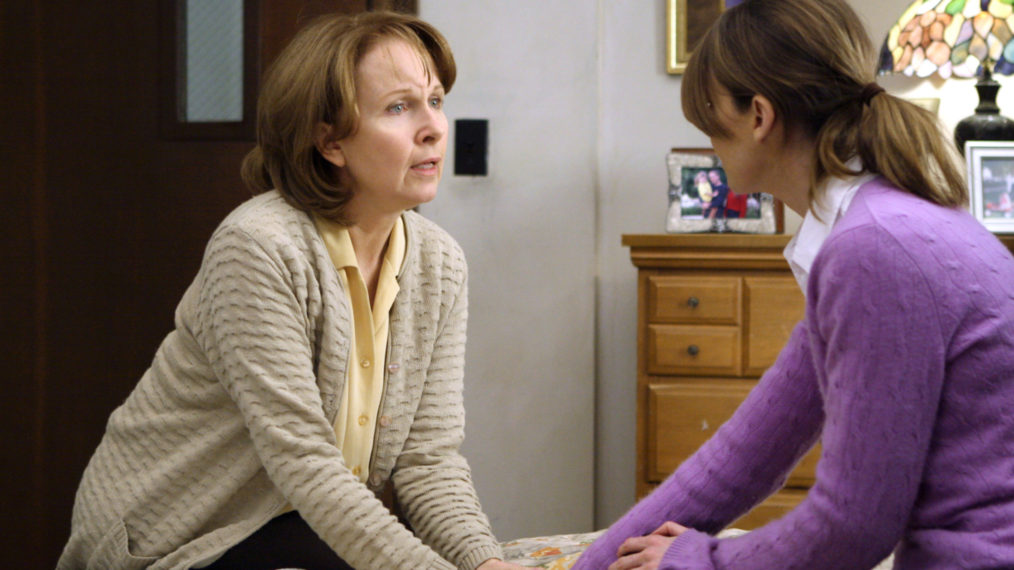#How To’s John Wilson leaves the world wanting more
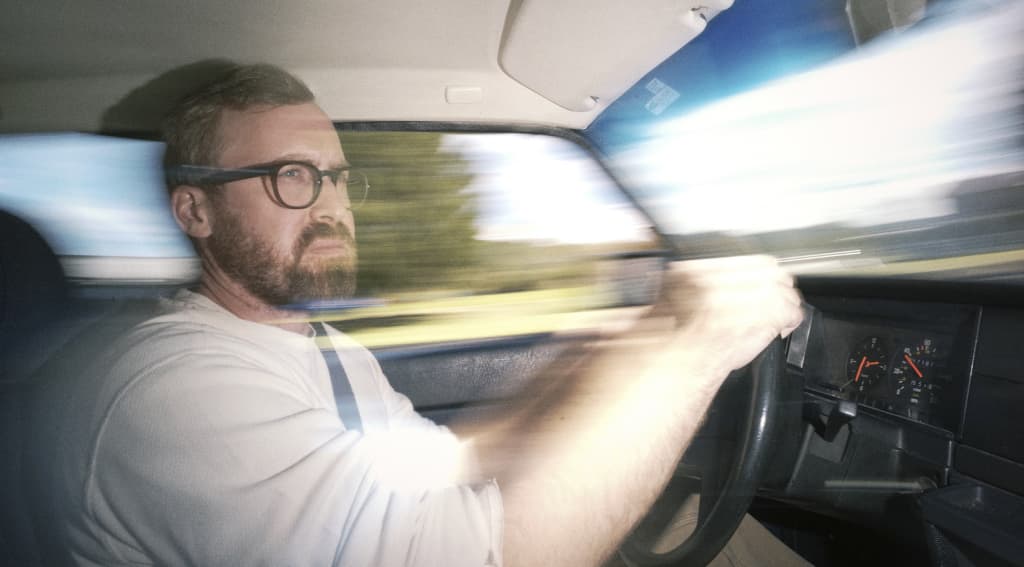
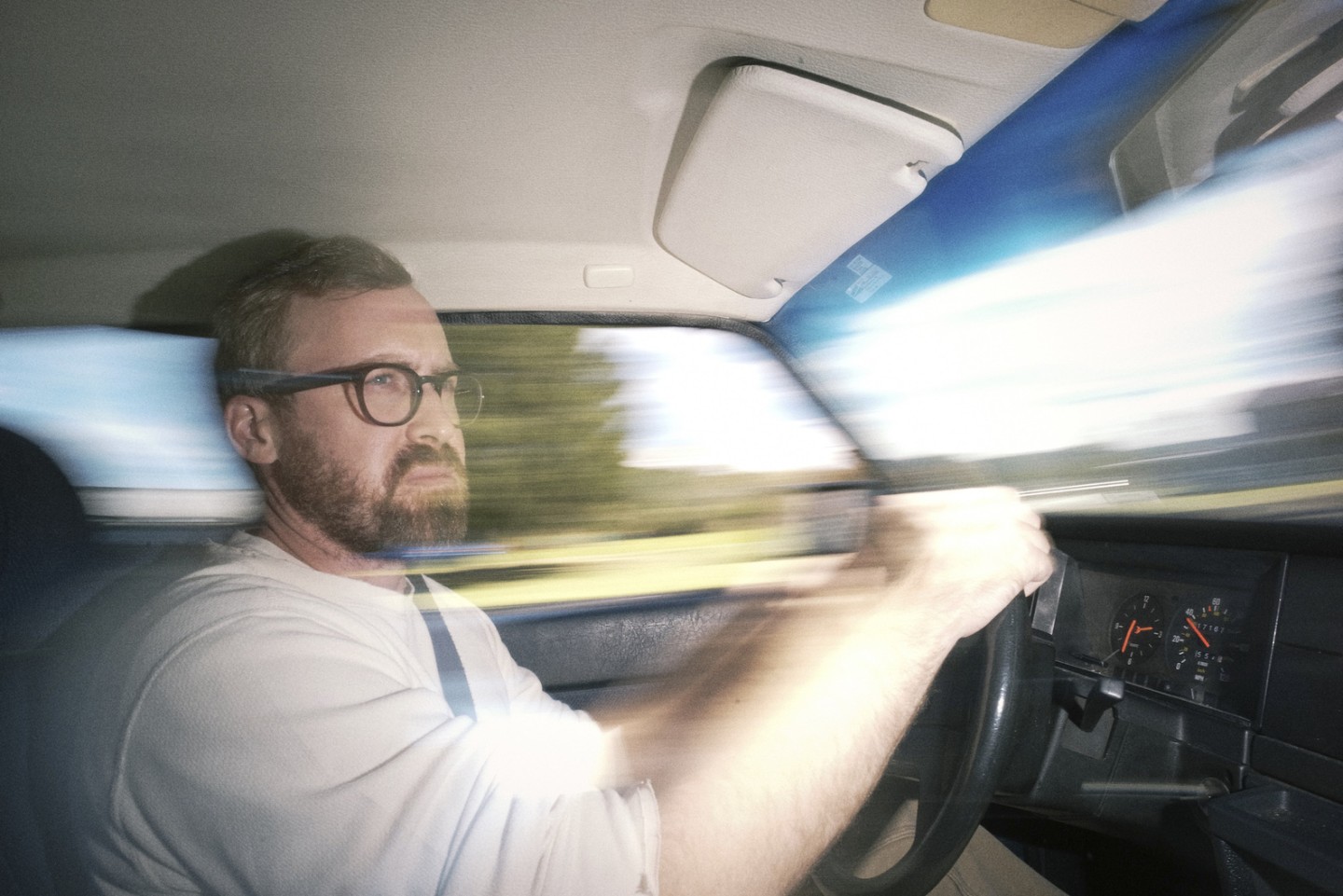
John Wilson. Photo by Thomas Wilson, courtesy of HBO.
Since his HBO series How To premiered in October 2020, John Wilson has arguably been the preeminent archivist of New York City, its people, and its culture. But this is not a tourist-friendly collection of iconic landmarks and recognizable characters. Wilson starts each episode with an objective — learn how to improve his memory or how to invest in real estate, for example — but uses the premise as an excuse to let his eye wander across a city that provides a constant stream of inspiration. The results are hilarious, intimate, free-wheeling, and wildly unpredictable; a particularly memorable episode in which Wilson seeks out ways to prevent his cat from destroying his furniture winds up with him meeting a circumcised man who is attempting to regrow his foreskin. The 36-year-old filmmaker remains behind the camera, commentating nervously on all that he observes. The end product is somewhere between cinéma vérité and a livestream of a video game where the side quests become the main focus.
If this sounds to you like something with a relatively short shelf life, you’re not wrong. It’s a minor miracle that something so strange has existed in a TV landscape filled with unimaginative reboots and savage cancellations. This, in part, is why Wilson has decided that the upcoming third season of How To, starting tonight (July 28) on Max, will be the last. Speaking from his Ridgewood, Queens home — the same one where he lived above his beloved former landlady Mama while he filmed season one and purchased at the start of season two — Wilson says he’d be happy to let the show “run and run” but is conscious that he’s pulled off something incredible and wants to end it before any possible decline sets in.
In a conversation carried out earlier this month, I spoke to Wilson about leaving How To behind, the many lessons he’s learned along the way, and what he hopes to pursue next.
This Q&A is taken from the latest episode of The FADER Interview podcast. To hear this week’s show in full, and to access the podcast’s archive, click here.
The FADER: Why did you feel now was the right time to draw a line under the series?
John Wilson: I started to conceive of season three right when season two was ending, and I got excited thinking of it as the last season because I was able to unlock a few things I [hadn’t been] in the first couple of seasons. There’s a lot more personal stuff in this season. We reveal things about the production that I wanted to save for the ending.
The best thing you can do is leave people wanting more. This isn’t the end of my career; it’s just the end of this particular project with this name. I’ve been making how-to movies for 13 years at this point. I was making them independently for about a decade before the show started, so it’s been a long time.
How To is very unpredictable, which I think is part of its success with fans. How hard is it to keep that element of surprise as you approach a third season?
I always want the imagery and the content to feel surprising, and I never wanna push it past a point where it begins to feel redundant. The city has a lot of amazing imagery, and I don’t think you can ever run out of people to talk to. There’s a value system that [Nathan] Fielder drilled into me: “Once we do something once, we never do it again.” I wanted to make sure it felt unpredictable up until the very last moment, and I knew I could do that by capping it at around three seasons.
I started to think about what the project would look like if it just went on indefinitely. It felt like it might start to meander. There are a lot of elements in the show that make up the whole picture. One big part of it is the memoir material. [Another] is studying the way cities are designed, infrastructure stuff. I knew that having it be so personal was gonna continue to make it more difficult to be sustainable during the long term, and I wanted to make sure I was keeping it contained to what I wanted to reveal. I don’t regret anything I’ve ever put into the show, and I think it was genuinely therapeutic and much richer for having that stuff in there. I just wanted to make sure it ended on a strong note.
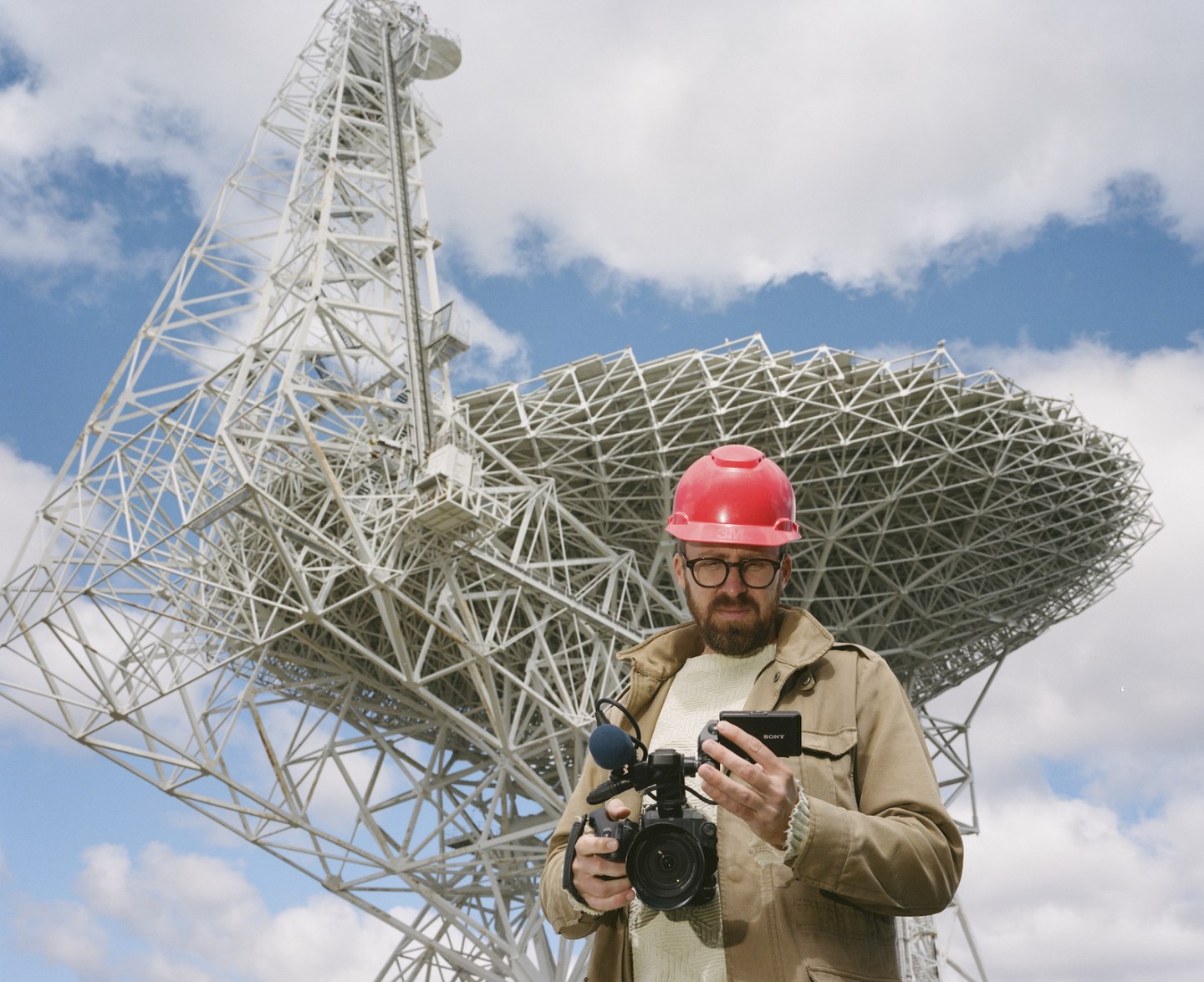
Thomas Wilson
/
HBO
“Things you thought were gonna last forever end up disappearing, and suddenly that piece of footage you have becomes a lot more valuable than you originally thought.”
You mentioned Nathan Fielder, who’s a producer on How To and has been since it debuted on HBO. He’s also someone who knows about ending a beloved show, Nathan For You, at the right time. What were the conversations like with him when you raised the idea that maybe season three of How To would be the last?
Nathan was supportive. [Ending] Nathan for You after four seasons was a voluntary decision on his part. I think he felt a similar way: He just didn’t want to push it to the point where people were getting bored of the same old shtick. A lot of my favorite stuff only had a few seasons, or less: Jackass only had three seasons — look how long of a tail that project had. Twin Peaks only had three seasons, even though it was over the course of 20, 30 years.
I try not to focus on this being the end of things too much, though. I mean, I won’t be able to stop shooting regardless.
For season two, you brought the comedian Conner O’Malley and the journalist and author Susan Orlean onto the writing team. Were there any additions to the room for season three?
There was one episode where we got Steven Soderbergh to consult. You might be able to tell which episode that is when you watch it.
Wow. What was it like working with him?
It was cool. We just sent him a rough script for an episode and got on the phone and talked with him about it, and he gave us some advice about how to do some of the more ambitious stuff in it. We had a nice time talking.
He was wearing a Cheesecake Factory hat during one Zoom. I was saying I’d never been there, and he was talking about how much he likes that place because of how well-oiled the operation is and how big the menu is. He really likes watching people do big jobs efficiently. We also bonded over our love of Below Deck, which we both watch a lot. I didn’t realize he was a fan, but I guess he has dinner with Captain Lee sometimes, which is cool.
At the end of every year, he famously publishes everything he watched that year. I appreciate it, but some people are perturbed by just how cataloged it is. It’s like, “Tuesday, March the 23rd, two episodes of Below Deck and some movie from the ’70s. And that’s something you’ve revealed in the show, that you also like to log information about your life regularly.
I definitely felt a connection there. Someone had told me he put How To on his roundup list. That’s why I felt comfortable reaching out to him. [We have] a mutual obsession: cataloging even the most banal stuff. You don’t know what purpose it’ll serve in the future.
As someone who’s documented New York for a long time, what are some of the most significant shifts you’ve observed in the three-plus years that you’ve been making How To?
The landscape has obviously changed a lot. I think it’s really cool that COVID shacks on the sidewalk and street are becoming more permanent. That feels like a nice thing for street life. People ask me whether or not people are more or less open to talking pre- or post-pandemic, and I haven’t really noticed much of a difference. If anything, I think people wanna talk a little more now because they’ve been isolated for so long. But things in New York are constantly changing. That’s what makes it the best home base for a project like this. Things you thought were gonna last forever end up disappearing, and suddenly that piece of footage you have becomes a lot more valuable than you originally thought.

Thomas Wilson
/
HBO
You’re one of our first nonmusical guests on The FADER Interview. When you look back over the many hours at footage you’ve banked over the years, are there any music-related moments that stand out to you as particularly memorable?
There was the guy I filmed for the episode about wine who was playing a glass harp in the subway station — all the wine glasses filled [to different levels]. There’s something really beautiful about trying to play one of the quietest instruments in one of the loudest environments there is.
Have you ever made any music videos? Are you a particularly big music fan?
I used to make music videos for friends when I first started making films, but I don’t make them anymore, and I haven’t made them for a long time. They felt hollow to me. I didn’t wanna make anything that was just a style exercise.
You’re obviously committed to your style. With the success of How To, have you been presented with offers to do something that people might consider a bigger opportunity but just doesn’t work for you?
People ask me to act in stuff sometimes or do other voiceover work, but I really didn’t have the bandwidth to do anything else while I was making How To. I wanted to be fully dedicated to that while I was doing it. Moving forward, I’m open to doing other stuff… It would have to be the right project.
I have a single line in the Aqua Teen Hunger Force movie that came out this past year. They asked me to do that and it took 20 minutes. My character is off-screen and I’m not even credited. They sent me a few DVDs, and that was pretty much it. But I was a fan of that when I was growing up, so I thought it would be funny.

Thomas Wilson
/
HBO
Do you keep in touch with any of the people you’ve highlighted on How To?
It’s hard to keep in touch with everybody because there’s a lot of people. I do travel a lot in the show, and these people are all over the country. But a lot of the people that I shoot in New York live in my neighborhood. The neon guy I talked to in the “How to Split the Check” episode lives very close by, and I see him at the bar all the time.
There are other people, like the circumcision guy or the Mandela Effect guy, who are always posting on Twitter, and we’ll message every now and then. If people reach out, I’ll obviously keep a dialogue open. But people don’t reach out.
How about Mama, your landlord? How’s she doing?
I think she’s good. I haven’t talked to her in a few months, but I think she’s still in Vegas, and I still get her mail and stuff, so I have to let her know when she gets anything important.
“A lot of the time, people are themselves on camera. Even if you start recording and they change a tiny bit, it’s still some version of themselves.”
There’s a tendency now to start filming the moment anything happens and share that footage online, which can have a negative impact on the subject of video. As someone who documents the public for a living through a much more sympathetic lens, what’s your position on this?
I think it’s very easy to get it wrong, which is why… On the surface, I’m filming a lot of people in public, on the sidewalk. But there’s a lot of stuff we don’t use because it just doesn’t feel right. When I put the voiceover in it, I try to make sure that the subject of the joke is me or us as viewers — not the person that’s on screen.
People shoot stuff all the time, and it’s hard to make a blanket statement about the ethics of that. But I feel like when you live in a big city, there’s a certain expectation that when you’re out in public, you’re being filmed, either by security cameras or other people filming their own personal content.
That’s not to say that you shouldn’t expect some privacy. It’s important to consider why you’re broadcasting what you’re broadcasting, and I don’t ever want people to feel nervous around me thinking I might do something nefarious with their image.
Have you ever had any feedback from people who were upset by the way they’d been portrayed in the show?
I don’t think so. There was one person from the Mandela Effect conference that didn’t wanna be in it after the fact, so we just took them out. But for stuff on the sidewalk… No, not that I know of.

Thomas Wilson
/
HBO
There’s a very DIY nature to the show, and it feels like you’re out there doing everything yourself. But you do work with a camera crew and people who capture footage on your behalf. Could you speak on how that system works, and how you organize these people? Are they left to their own devices? Do you give them direction?
In a typical production, I’m A-unit, and I’ll either be out on the sidewalk, talking to random people, trying to chase some story about restrooms or whatever the subject of the day is, or I’ll have an interview set up with an expert or something like that. Simultaneously, there are four or five teams of second-unit B-roll shooters — people who go out every day — and there’s a field producer with each shooter. So it’s a two-person team for each set of B-unit people. They go out and have a scavenger hunt list of a bunch of different stuff that I’d like to put into each episode, whether it’s houses that look like faces or bottles of urine on the street.
They come to the office in the morning, and I have this guy Ted who dispatches them to different parts of New York City so we can cover as much ground as we can. If they don’t know what neighborhood to go to, they’ll usually just throw a dart at a map of the city and go wherever it lands to randomize it as much as they can. They shoot all day, and then I get back home and get all the footage they shot and scrub through all of it and make selects and try to find patterns within them. Once we have two of something, I ask them to get more of it — if it’s people wearing a certain shirt or just a bunch of cables all twisted up in front of a house, just try to get as many of those as you can. It’s an iterative process: We keep doing that over and over again until we have enough for a season.
You’re clearly very focused on what’s real, what’s true. As someone with that mindset, to what extent are you conscious of reality being distorted by your camera and the fact that you’re filming for a TV show? Do people change once they know they’re being filmed, and have you become adept at spotting someone who’s perhaps putting on a show?
I like to lean into that. A lot of nonfiction filmmakers try to hide the fact that there’s a camera filming everything, and they make the subjects pretend like there’s nobody else there. To me, the fact that I’m there filming adds a unique tension to the whole scene. Engaging with the subject from behind the camera feels like the least artificial way for me to conduct an interview. A lot of the time, people are themselves on camera. Even if you start recording and they change a tiny bit, it’s still some version of themselves.
I’ve shot with a couple of people who were way too hammy, almost disgustingly so, and I cut them out because it felt useless to me. They just kept making jokes and didn’t realize that that wasn’t the vibe of the project. But then there are people like the CEO of the energy drink company [Bang] who I talked to in the wine episode: He’s clearly very media trained and has a way of speaking that’s polished over a lot of social media content, and there’s something really cool about that as well. It’s almost tipped over past the point of performance into “this is now his identity.”

Thomas Wilson
/
HBO
Looking back over the three seasons of How To, is there one thing you feel most proud of?
I’m still in awe looking back at everything, thinking about how much lightning we were able to bottle. It terrifies me to think what it would be like if we weren’t in that exact place at that exact time, shooting that exact thing. It gives me nightmares.
I’m really glad that we had the freedom to do that stuff. It’s rare to have the resources we had with HBO to basically create whatever prop we wanted, chase whatever lead we wanted. The overall lesson I got from it is to try as many things as possible and never say no when someone invites you to do something or go somewhere.
Has there ever been a point making this show when you’ve genuinely felt out of your comfort zone?
I’ve been in a lot of situations like that, but the way out of any uncomfortable situation to me is to keep asking questions. It works that way socially too, even if I’m not filming with a camera, because I think people would just rather talk about themselves. So if I’m ever nervous or don’t know what the right thing to say is, questions always help.
If you liked the article, do not forget to share it with your friends. Follow us on Google News too, click on the star and choose us from your favorites.
For forums sites go to Forum.BuradaBiliyorum.Com
If you want to read more Like this articles, you can visit our Social Media category.

